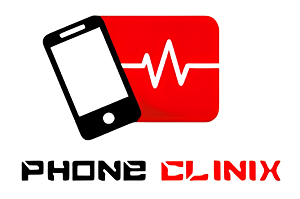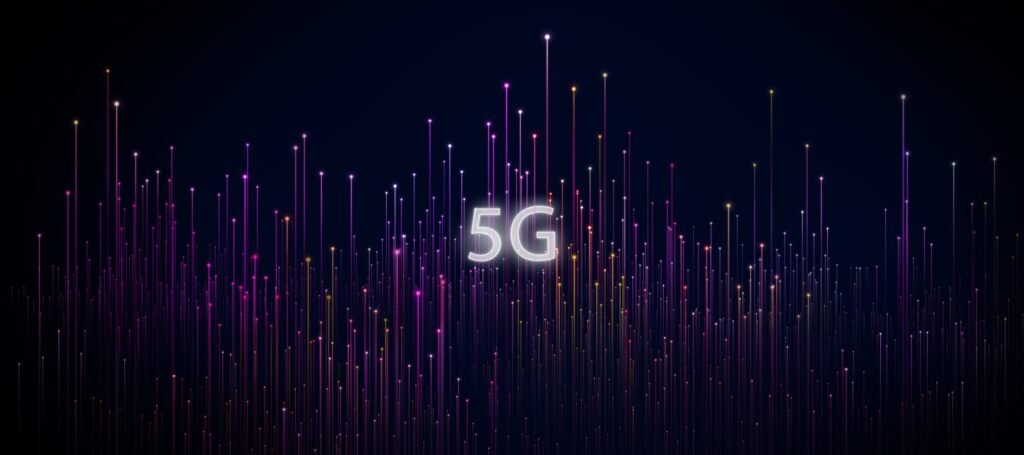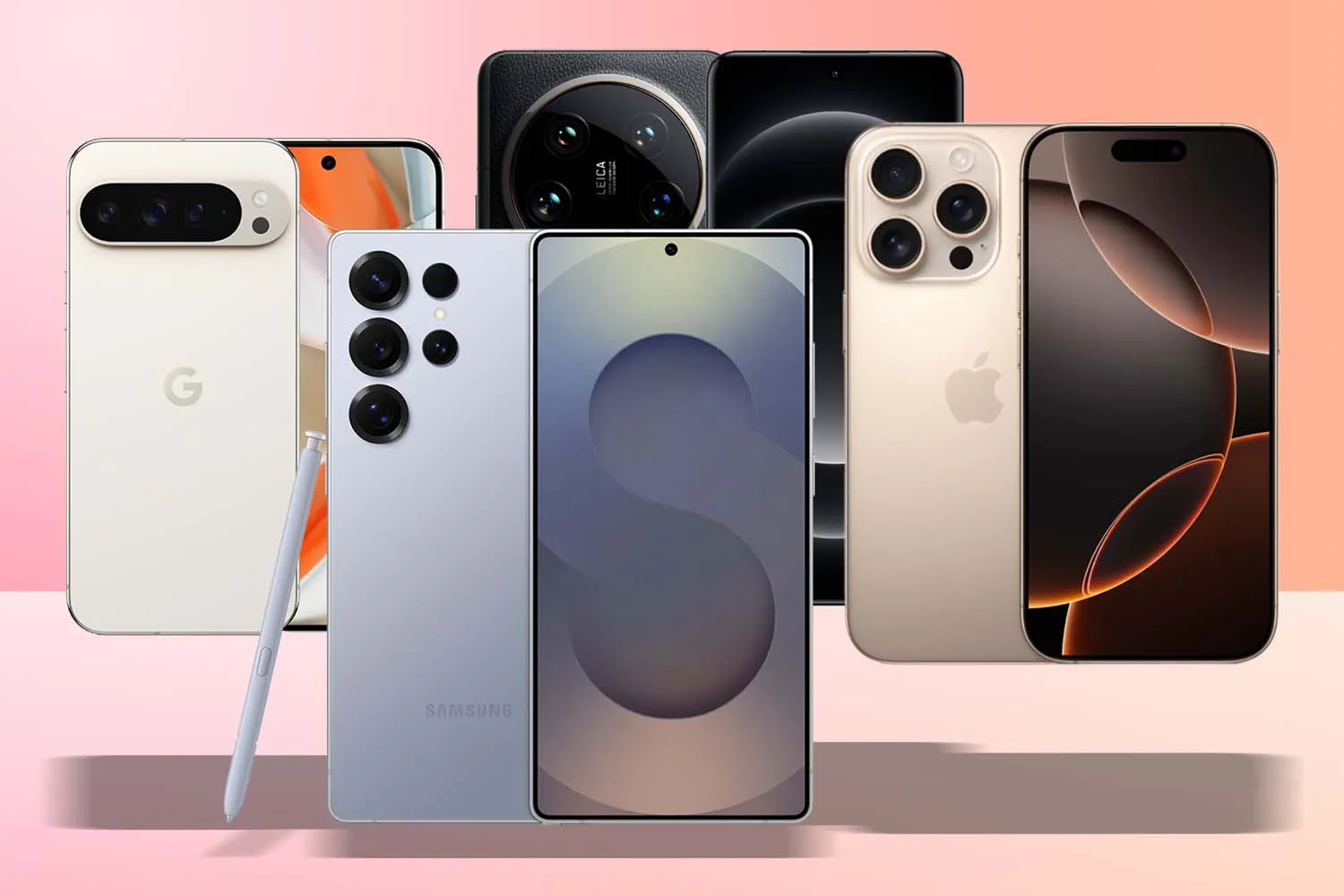Smartphones are an essential part of our daily lives. We use them to capture memories, store important files, stay in touch with loved ones, and even manage our professional work. So, what happens when your phone screen breaks and becomes unresponsive? The thought of losing your precious photos, contacts, notes, and essential files can be overwhelming. Fortunately, there are several reliable ways to recover your data—even from a device with a damaged screen.
Whether you’re using an Android or iPhone, this guide will walk you through various methods to retrieve your files. We’ll also explore the role of phone diagnostic software in data recovery and show you how it can help save your files when you can no longer interact with your screen.
Understand the Severity of the Damage
Before diving into recovery options, it’s crucial to assess the damage. Is your screen cracked but still responsive? Is it completely black? Can the phone still power on? Knowing the condition of your phone helps determine the best recovery method.
- Cracked but touch still works: Easier recovery; you may still access your data.
- Completely unresponsive screen: More challenging, but not hopeless.
- No power at all: May require advanced tools or professional help.
The better the internal condition of the phone, the higher your chances of retrieving data.
Method 1: Use an OTG Cable and Mouse (for Android)
One of the easiest and most effective solutions for a phone with a broken screen—but still working internally—is using a USB OTG (On-The-Go) cable along with a mouse. This allows you to control your phone without needing to touch the screen.
Steps:
- Connect a USB mouse to your smartphone using an OTG adapter.
- Use the mouse to unlock your phone and navigate the screen.
- Connect your phone to a PC via USB cable.
- Choose the file transfer option from the USB menu.
- Transfer your photos, videos, and documents to the computer.
This method is great for Android users. Unfortunately, it doesn’t work as smoothly for iPhones due to Apple’s hardware restrictions.
Method 2: Recover Files via Cloud Backup
Most modern smartphones offer automatic cloud backup features that sync your files to a secure server. If your cloud backup is enabled, you may not even need to access the phone to recover your data.
For Android Devices:
Google offers backup services for photos, contacts, and other files.
- Visit photos.google.com
- Log in with the same Google account linked to your phone.
- Browse and download your photos and videos.
Other synced items like contacts, documents, and settings may be accessed via your Google account on a browser.
For iPhones:
Apple’s iCloud service automatically backs up data like photos, messages, notes, and more.
- Visit www.icloud.com
- Sign in using your Apple ID.
- Retrieve your data from apps like Photos, Notes, iCloud Drive, and more.
Cloud backup is the easiest and most convenient option if it was previously set up.
Method 3: Utilize Phone Diagnostic Software
If your phone is unresponsive and you don’t have cloud backups enabled, phone diagnostic software becomes extremely useful. These specialized tools can detect your phone, run diagnostics, and recover files—even when the screen is not working.
What is Phone Diagnostic Software?
Phone diagnostic software helps identify and fix problems within your smartphone’s software or hardware system. When paired with recovery tools, it can help extract data like images, videos, contacts, and app files from inaccessible devices.
Popular Phone Diagnostic and Recovery Tools:
- Dr.Fone by Wondershare: Supports Android and iOS. Excellent for recovering data from broken phones.
- iMobie PhoneRescue: Allows iPhone and Android users to recover lost or inaccessible data.
- iMyFone D-Back: Known for retrieving files from water-damaged or broken iPhones.
- Tenorshare UltData: Recovers over 30 file types and works with a wide range of phones.
How It Works:
- Install the software on your PC or Mac.
- Connect your phone via USB.
- The software runs a scan, detecting accessible files.
- Select and extract the data to your computer.
Most of these tools have a user-friendly interface and offer free scans, allowing you to preview recoverable files before purchasing a license.
Using phone diagnostic software is highly recommended if your screen is completely dead, as it bypasses the need for physical interaction with the screen.
Smartphones are an essential part of our daily lives. We use them to capture memories, store important files, stay in touch with loved ones, and even manage our professional work. So, what happens when your phone screen breaks and becomes unresponsive? The thought of losing your precious photos, contacts, notes, and essential files can be overwhelming. Fortunately, there are several reliable ways to recover your data—even from a device with a damaged screen.
Whether you’re using an Android or iPhone, this guide will walk you through various methods to retrieve your files. We’ll also explore the role of phone diagnostic software in data recovery and show you how it can help save your files when you can no longer interact with your screen.
Understand the Severity of the Damage
Before diving into recovery options, it’s crucial to assess the damage. Is your screen cracked but still responsive? Is it completely black? Can the phone still power on? Knowing the condition of your phone helps determine the best recovery method.
- Cracked but touch still works: Easier recovery; you may still access your data.
- Completely unresponsive screen: More challenging, but not hopeless.
- No power at all: May require advanced tools or professional help.
The better the internal condition of the phone, the higher your chances of retrieving data.
Method 4: Use an OTG Cable and Mouse (for Android)
One of the easiest and most effective solutions for a phone with a broken screen—but still working internally—is using a USB OTG (On-The-Go) cable along with a mouse. This allows you to control your phone without needing to touch the screen.
Steps:
- Connect a USB mouse to your smartphone using an OTG adapter.
- Use the mouse to unlock your phone and navigate the screen.
- Connect your phone to a PC via USB cable.
- Choose the file transfer option from the USB menu.
- Transfer your photos, videos, and documents to the computer.
This method is great for Android users. Unfortunately, it doesn’t work as smoothly for iPhones due to Apple’s hardware restrictions.
Method 5: Recover Files via Cloud Backup
Most modern smartphones offer automatic cloud backup features that sync your files to a secure server. If your cloud backup is enabled, you may not even need to access the phone to recover your data.
For Android Devices:
Google offers backup services for photos, contacts, and other files.
- Visit photos.google.com
- Log in with the same Google account linked to your phone.
- Browse and download your photos and videos.
Other synced items like contacts, documents, and settings may be accessed via your Google account on a browser.
For iPhones:
Apple’s iCloud service automatically backs up data like photos, messages, notes, and more.
- Visit www.icloud.com
- Sign in using your Apple ID.
- Retrieve your data from apps like Photos, Notes, iCloud Drive, and more.
Cloud backup is the easiest and most convenient option if it was previously set up.
Method 6: Utilize Phone Diagnostic Software
If your phone is unresponsive and you don’t have cloud backups enabled, phone diagnostic software becomes extremely useful. These specialized tools can detect your phone, run diagnostics, and recover files—even when the screen is not working.
What is Phone Diagnostic Software?
Phone diagnostic software helps identify and fix problems within your smartphone’s software or hardware system. When paired with recovery tools, it can help extract data like images, videos, contacts, and app files from inaccessible devices.
Popular Phone Diagnostic and Recovery Tools:
- Dr.Fone by Wondershare: Supports Android and iOS. Excellent for recovering data from broken phones.
- iMobie PhoneRescue: Allows iPhone and Android users to recover lost or inaccessible data.
- iMyFone D-Back: Known for retrieving files from water-damaged or broken iPhones.
- Tenorshare UltData: Recovers over 30 file types and works with a wide range of phones.
How It Works:
- Install the software on your PC or Mac.
- Connect your phone via USB.
- The software runs a scan, detecting accessible files.
- Select and extract the data to your computer.
Most of these tools have a user-friendly interface and offer free scans, allowing you to preview recoverable files before purchasing a license.
Using phone diagnostic software is highly recommended if your screen is completely dead, as it bypasses the need for physical interaction with the screen.



